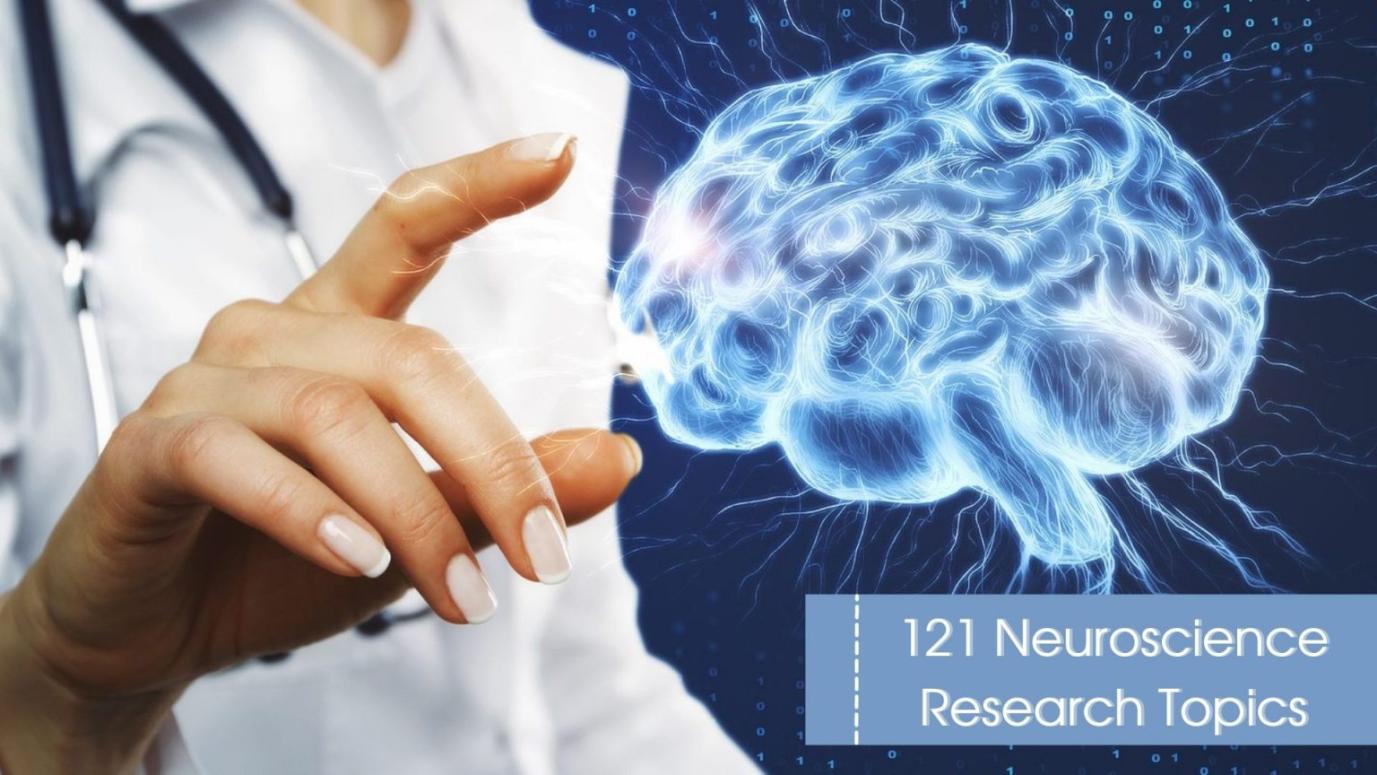What Are the Latest Treatments for Brain Injuries?
Brain injuries are a major public health concern, affecting millions of people worldwide. They can result from a variety of causes, including traumatic accidents, strokes, tumors, and infections. Brain injuries can have a devastating impact on individuals and their families, leading to long-term disabilities and even death.

Types Of Brain Injuries
Brain injuries can be classified into two main types: traumatic brain injuries (TBI) and non-traumatic brain injuries (NTBI).
- Traumatic Brain Injuries (TBI) are caused by an external force that impacts the head, such as a fall, a car accident, or a sports injury. TBI can range in severity from mild (concussion) to severe (skull fracture, hemorrhage, diffuse axonal injury).
- Non-Traumatic Brain Injuries (NTBI) are caused by internal factors, such as a stroke, a brain tumor, an infection, or a neurodegenerative disorder. NTBI can also range in severity from mild to severe.
Latest Treatment Approaches
The treatment of brain injuries depends on the type and severity of the injury. In general, treatment aims to reduce swelling and inflammation, protect the brain from further damage, and promote recovery.
- Surgical Interventions: In some cases, surgery may be necessary to remove blood clots, repair damaged tissue, or relieve pressure on the brain.
- Medical Therapies: Medications can be used to reduce swelling and inflammation, prevent seizures, and protect the brain from further damage.
- Rehabilitation and Neurorehabilitation: Rehabilitation and neurorehabilitation are essential for helping people with brain injuries recover their physical, cognitive, and emotional function. This may include physical therapy, occupational therapy, speech therapy, and cognitive rehabilitation.
Emerging Treatment Frontiers
In addition to traditional treatment approaches, there are a number of emerging treatment frontiers that hold promise for people with brain injuries.
- Stem Cell Therapy: Stem cells have the potential to repair damaged brain tissue. Clinical trials are currently underway to investigate the use of stem cell therapy for the treatment of brain injuries.
- Brain-Computer Interfaces (BCIs): BCIs are devices that allow people with brain injuries to communicate and control external devices using their thoughts. BCIs are still in the early stages of development, but they have the potential to greatly improve the quality of life for people with severe brain injuries.
- Gene Therapy: Gene therapy is a new treatment approach that targets specific genetic mutations that contribute to brain injuries. Gene therapy is still in the early stages of development, but it has the potential to provide personalized treatments for people with brain injuries.
Challenges And Future Directions

Despite the progress that has been made in the treatment of brain injuries, there are still many challenges that need to be addressed.
- Complexity of Brain Injuries: Brain injuries are highly complex and heterogeneous. This makes it difficult to develop one-size-fits-all treatments.
- Need for Personalized Medicine: Personalized medicine is an approach to treatment that tailors treatments to the individual patient's profile. This is especially important for brain injuries, as the type and severity of the injury can vary greatly from person to person.
- Importance of Early Intervention: Time is of the essence in the treatment of brain injuries. Early diagnosis and intervention can improve the chances of a good recovery.
Brain injuries are a serious public health concern, but there is hope for people who have suffered a brain injury. There are a number of effective treatments available, and new treatments are being developed all the time. With early diagnosis and intervention, people with brain injuries can make a full recovery or achieve a meaningful quality of life.
YesNo

Leave a Reply